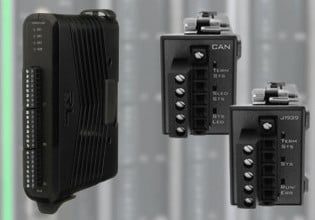A
Hi,
I am interested in knowing the significance of scan rates/polling rates for automation systems.And then a comparison of PLC with DCS.Anyone with authentic expert feedback is welcome.
I am interested in knowing the significance of scan rates/polling rates for automation systems.And then a comparison of PLC with DCS.Anyone with authentic expert feedback is welcome.






